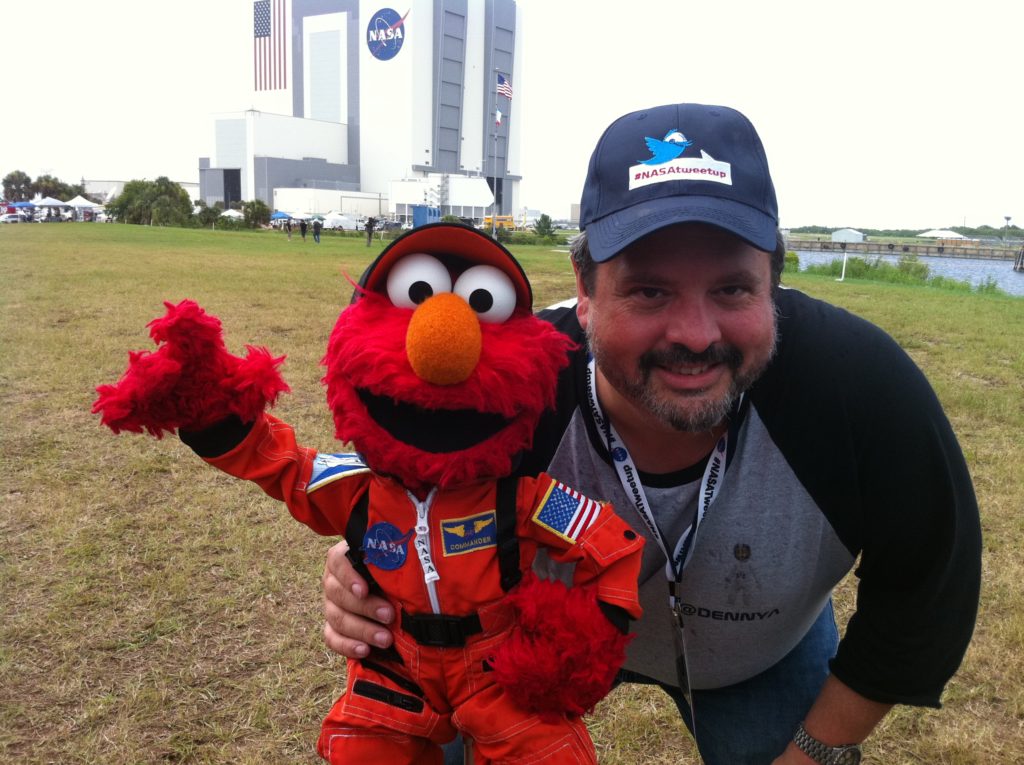
This was written in 2018 immediately after seeing Les Miserables at the Paramount Theater in Seattle. Because I had a lot more fun writing this than I did actually seeing the production, I’m sharing it here.
LES MISERABLES: THE DENNY’S NOTES SYNOPSIS
PART I: Recapping the First 90 Minutes in 5 Learnings

Revolutionary France death sentence
- All but a rare few French people are serious jerks.
- Inspectors will NEVER forgive stealing a lousy loaf of bread.
- Two people can fall in true, mutual love by merely seeing each other on the street.
- Jean Val Jean is kind of a moron for not realizing until now that he really should consider moving away from the one town where everyone knows he has a criminal past.
- Oh, and the French are revolting.
PART II: A Few Issues with the Script
Empanada, the girl raised with Croquet, spends 15 minutes singing of her love for Guy.*
She is then immediately fatally shot.
She tells Guy of her love. He cradles her and says he loves her and will always be there for her in her life.
Then she dies.
Then a full minute of combat or talking or something else unmemorable happens. A minute having passed, Guy then feels distant enough from Empanada to sing of his undying love for Croquet.
(* We call him Guy because it’s a French name and I can’t hear clearly enough to catch his name. Also, it is fitting, because though he is instantly lovable, he is also amazingly generic.)
Then he passes out and Jean Val Jean sings of something that was unintelligible with the acoustics of the corner I was sitting in, but whatever it was, he holds this sustained high note at the end of the song for like 45 seconds, which gets a huge round of applause and makes the ghost of Whitney Houston rise briefly from the grave.
Then a little boy sings of the glory of child soldiers and is immediately shot dead.
When Empanada was the first to die, Fabio said the battle would be won in her name. 10 minutes later, everyone is shot dead except Guy and Jean.
First, Guy sings of Croquet, and now this. Empanada gets no respect.
Oh, and at some point Jean lets the captured Inspector escape. The Inspector finds good in Jean Val Jean, and he cannot reconcile a world where he can see good in a bread thief, so he jumps off a bridge and kills himself. Seriously. This happens.
Jean Val Jean carries Guy’s body through the sewers, beneath Arkham Asylum. (I think; it gets a little unclear here.) He passes out and is robbed by Croquet’s former foster dad, because if you think it’s a small world where you live, you obviously haven’t been to France.

The Penguin from Gotham, added in 2022 in case you’re reading this on the Internet Archive in 2144 or something.
Jean wakes up, carries Guy home, and with her love still strong even though Guy has somehow become the Penguin from the Gotham TV show (seriously: outfit, cane, hair, limp, all of it), Croquet nurses him back to handsomeness.
Then they get married, Guy punches foster dad (because small world) at the wedding, and finds out Jean Val Jean was the one who saved him.Knowing Croquet is safely in the hands of our generic hero, Jean goes off to die of shame for having stolen bread to feed a child 35 years before.
The ghost of Croquet’s hot mom appears and thanks Jean for raising her daughter, and says “come to heaven and I’ll show you some real thanks.”
Croquet and Guy show up and say Jean must live and stay with them. Jean looks at Croquet’s mom, who is now, creepily, joined in beckoning him to the afterlife by Empanada’s ghost. (Don’t do it, Jean! Empanada may be dead, but she’s still jailbait. Jeez, dude!)
Jean Val Jean decides eternity with Hot Ghost Mom is somehow preferable to sitting around and cramping Croquet and Guy’s generic passion, and immediately dies.
In Heaven, Jean joins the Choir of Dead Ineffective Barricade Revolutionaries, who apparently know how bad the acoustics are in my corner, because they start singing about whether I can hear the people sing.

No, I actually can’t hear the people sing. Not clearly, anyway.
Guy and Croquet are apparently concerned as well, because they sing along despite not being ghosts.
Then everyone bows and I run to beat the crowd to the bathroom.
fini


 BRITISH AIRCRAFT IN ROYAL AIR FORCE SERVICE, 1939-1945: VICKERS WELLINGTON. (ME(RAF) 3703) Two Wellington Mark ICs, Z8797 ?A? and Z9095 ?D?, of No. 38 Squadron RAF, in flight over the Western Desert, probably while based at Shallufa, Egypt. These aircraft were specially converted for use as torpedo bomber/minelayers by the Squadron. Copyright: © IWM. Original Source: http://www.iwm.org.uk/collections/item/object/205208831
BRITISH AIRCRAFT IN ROYAL AIR FORCE SERVICE, 1939-1945: VICKERS WELLINGTON. (ME(RAF) 3703) Two Wellington Mark ICs, Z8797 ?A? and Z9095 ?D?, of No. 38 Squadron RAF, in flight over the Western Desert, probably while based at Shallufa, Egypt. These aircraft were specially converted for use as torpedo bomber/minelayers by the Squadron. Copyright: © IWM. Original Source: http://www.iwm.org.uk/collections/item/object/205208831




